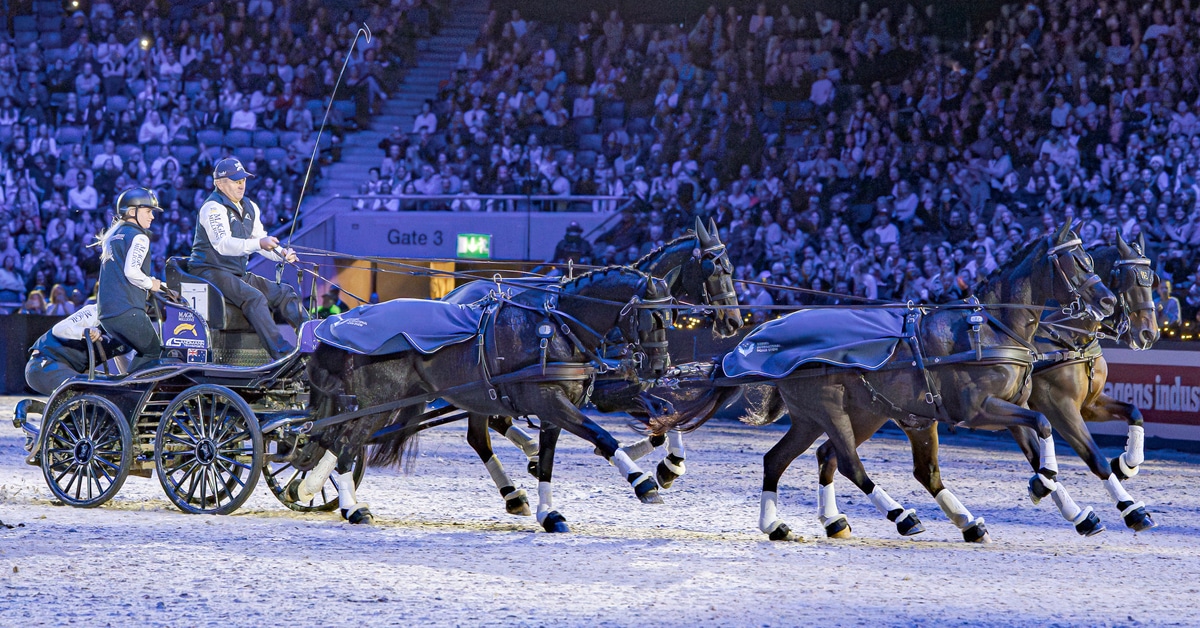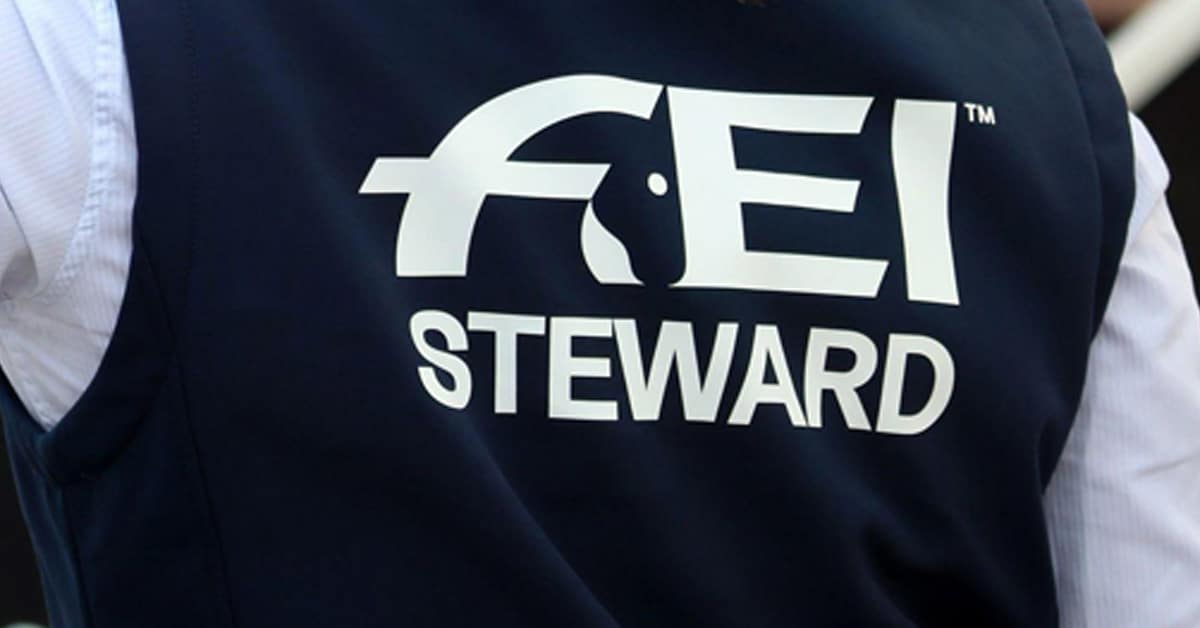An international expert panel gathered by the FEI Medical Committee has put forward a set of key proposals to strengthen the current testing standards for equestrian helmets as a means to enhance the safety of athletes in equestrian sport.
Tasked with reviewing current equestrian helmet testing standards and related scientific literature, the FEI Helmet Working Group was established in April 2023 and is made up of a panel of international experts including engineers, standards experts, medical doctors, helmet manufacturers, athletes and representatives from horse racing.
“While the FEI continues to work on reducing horse and rider falls, measures are needed in parallel to reduce the risk of significant injury when falls do occur. The FEI Helmet Working Group focused on how helmets could be even more effective at reducing the risk of serious head injuries,” FEI Medical Committee Chair Dr. Mark Hart explained.
“There are currently different testing standards around the world for equestrian helmets, with different criteria. Moreover, some of the protocols currently used for testing helmets may not reflect the research and technological advancements that have been made over the past several years.
“Helmet requirements are very sport specific. And, as the International Federation for equestrian sport, we believe that it is our duty to take the lead on assisting manufacturers with creating helmets that specifically cater to the demands of our sport and better protect our athletes’ heads.
“The Working Group has diligently reviewed the existing testing standards as well as the relevant scientific literature, and we are confident that their conclusions will provide a clearer and more robust framework for manufacturers producing helmets in the equestrian industry.”
Following an initial in-person meeting and frequent online discussions, the FEI Helmet Working Group arrived at the following key conclusions:
- Scientific testing criteria needs to be improved through new computer modelling and simulations which better reflect real life accidents. This will allow for a change in helmet standards that offer athletes better protection from head injuries.
- Additional testing measures and updated brain energy transmission thresholds must be incorporated into the current testing protocols to better account for the varied forces that occur in equestrian falls. The FEI Helmet Working Group recommends that these new testing protocols are introduced as a requirement by the FEI around 2027 in order to allow manufacturers the time to make the necessary adjustments to their production lines.
- A new and improved injury reporting system should be established in order to track head injuries, and measure and evaluate the effectiveness of changes to the testing procedures.
The FEI Helmet Working Group’s technical recommendations, which are published on the FEI’s website, will now be shared with the helmet manufacturing and testing industries for feedback. The FEI intends to work collaboratively with manufacturers and helmet standard bodies to achieve these goals, which should be viewed as a new, quickly achievable step forward in allowing helmets to further reduce the transmitted energy to the brain when a fall occurs. Meanwhile, the FEI Helmet Working Group will continue their efforts to improve helmet effectiveness as new research and technology become available.
“The progress made by the Working Group represents a significant leap forward not only for athletes in our sport, but also for the entire equestrian industry”, FEI President Ingmar De Vos said.
“Our vision is that the FEI Helmet Safety Working Group’s conclusions marks the start of a journey that will see the international sport governing body contributing to the elaboration of increasingly safer helmet testing standards meeting both the athletes’ needs and the interests of the manufacturers.”
More News









